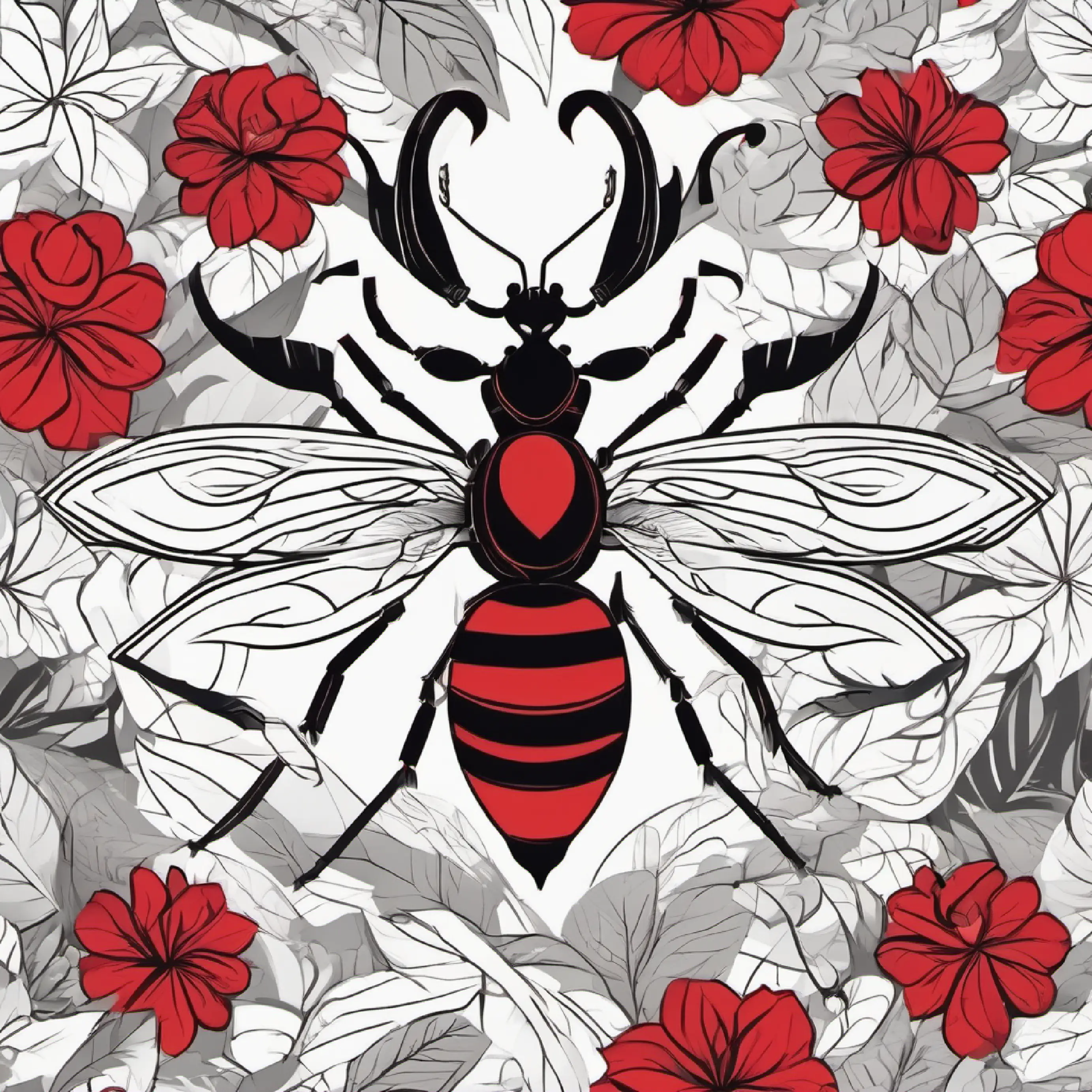We're experiencing increased traffic and our image generator is backed up. Don't worry, your images will eventually generate!
In a realm of green where light danced between leaves, a forest thrived with life's symphony.
Forests are dynamic ecosystems where sunlight plays a crucial role in photosynthesis.

A myriad of insects whirred, their wings flickering jewels upon the fertile landscape.
Insects are vital for pollination, aiding in plant reproduction.
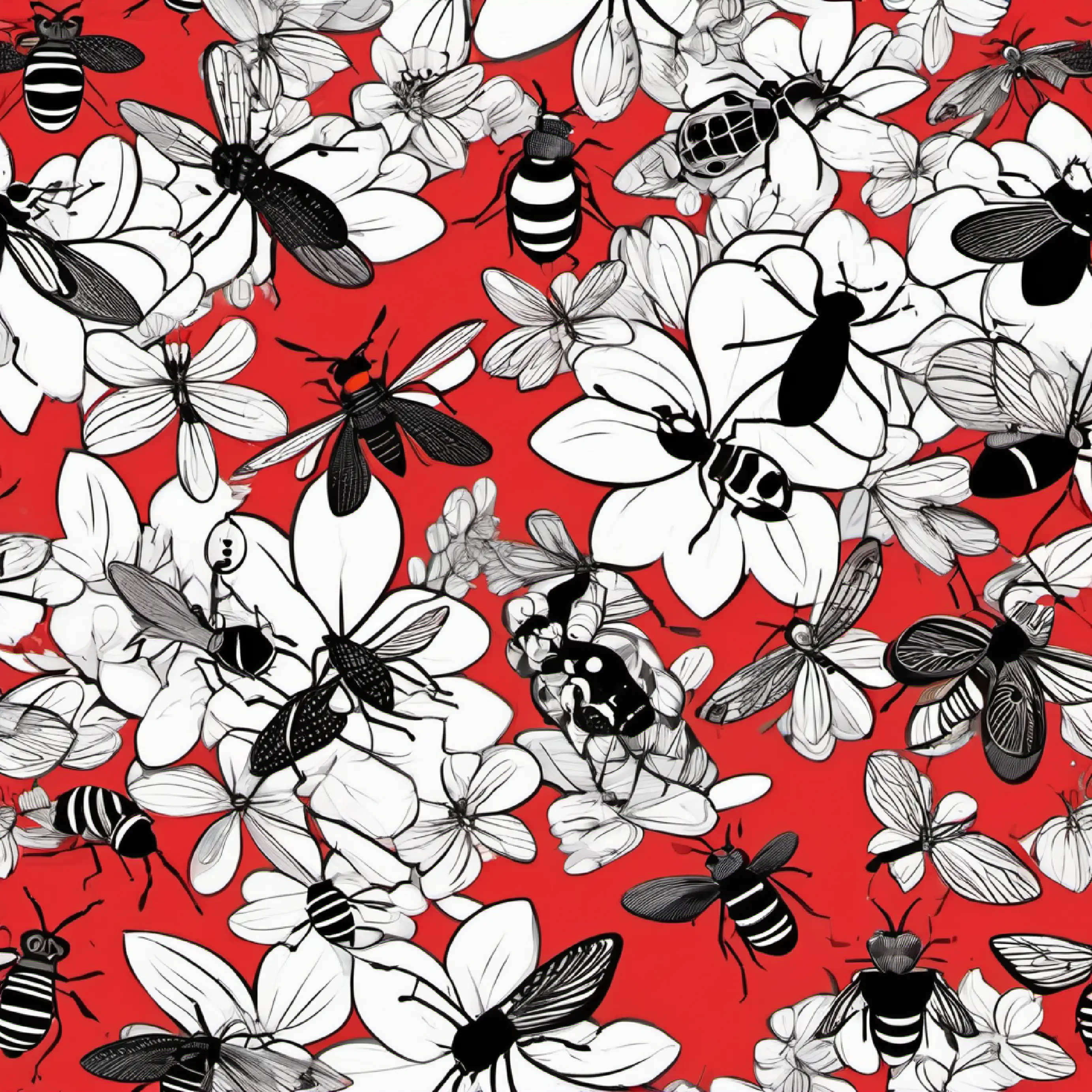
One, a scorpionfly, masqueraded among foliage, an expert in the art of deception.
Camouflage helps insects avoid predators and increases hunting success.
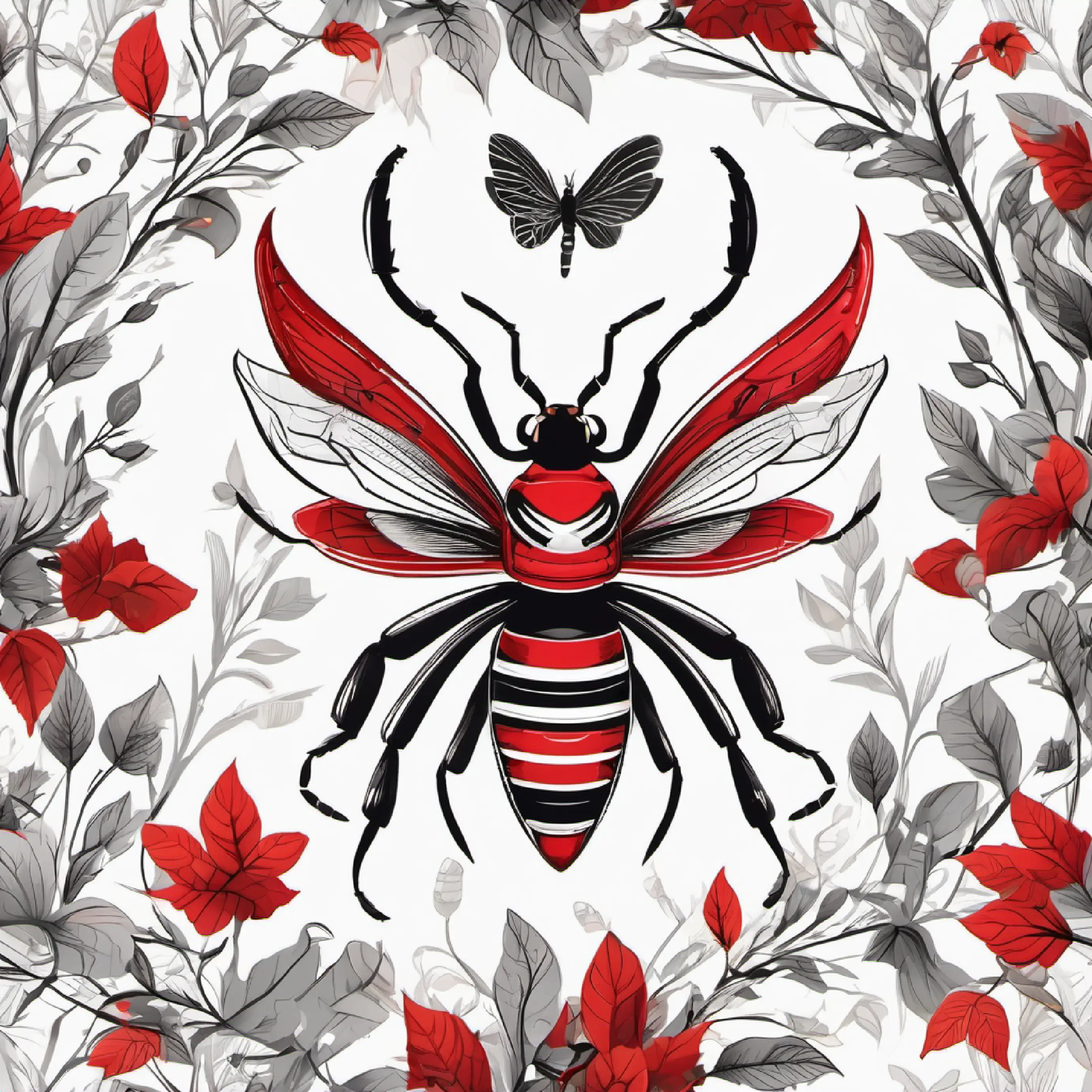
Bees and butterflies, vested in daily toils, sipped sweet nectar in a floral banquet.
Collecting nectar is essential for bees and butterflies, providing energy and nutrients.
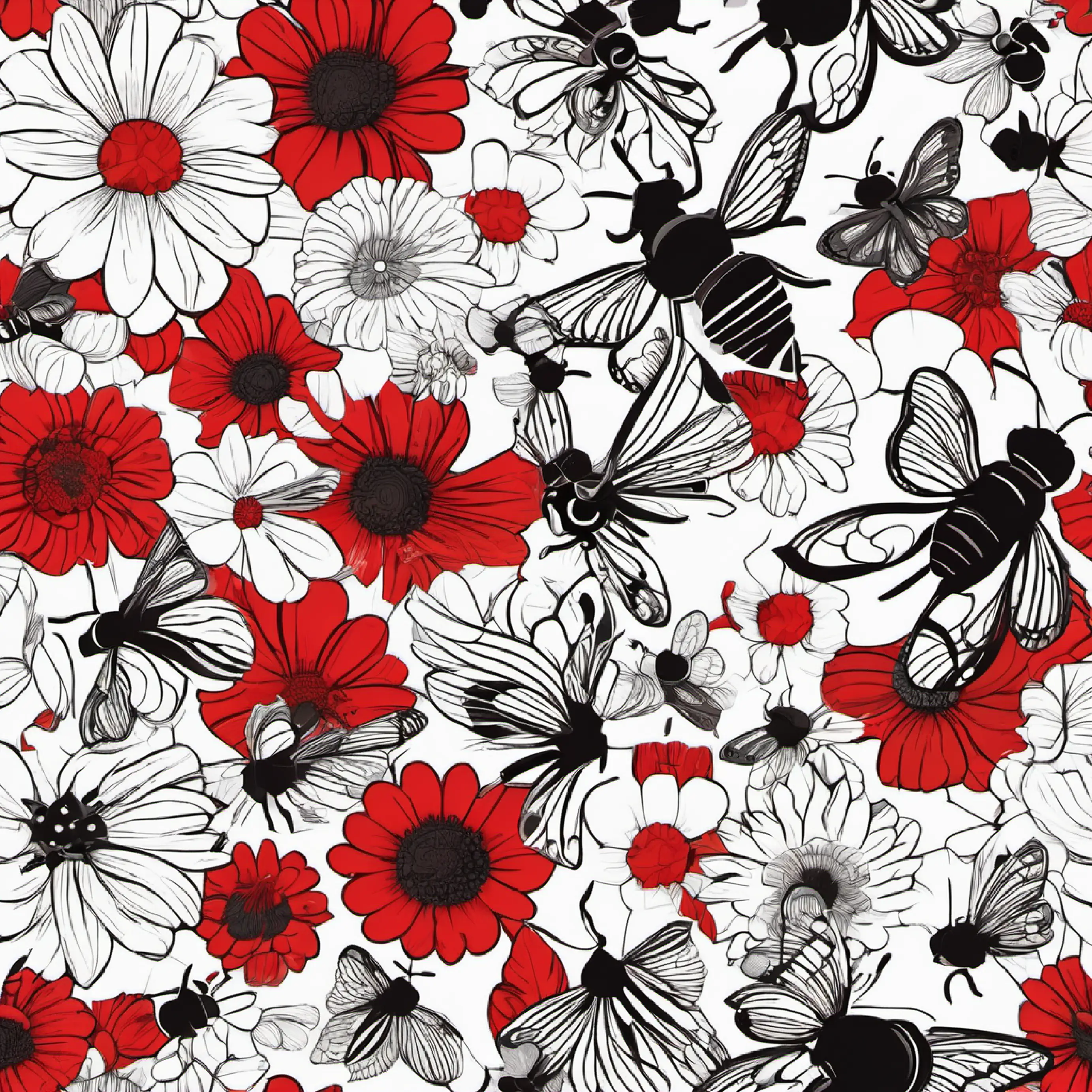
Cloaked in guile, the scorpionfly drew near, its movements echoing the innocent flutter.
Mimicry is used by some species to survive by resembling others in behavior or appearance.
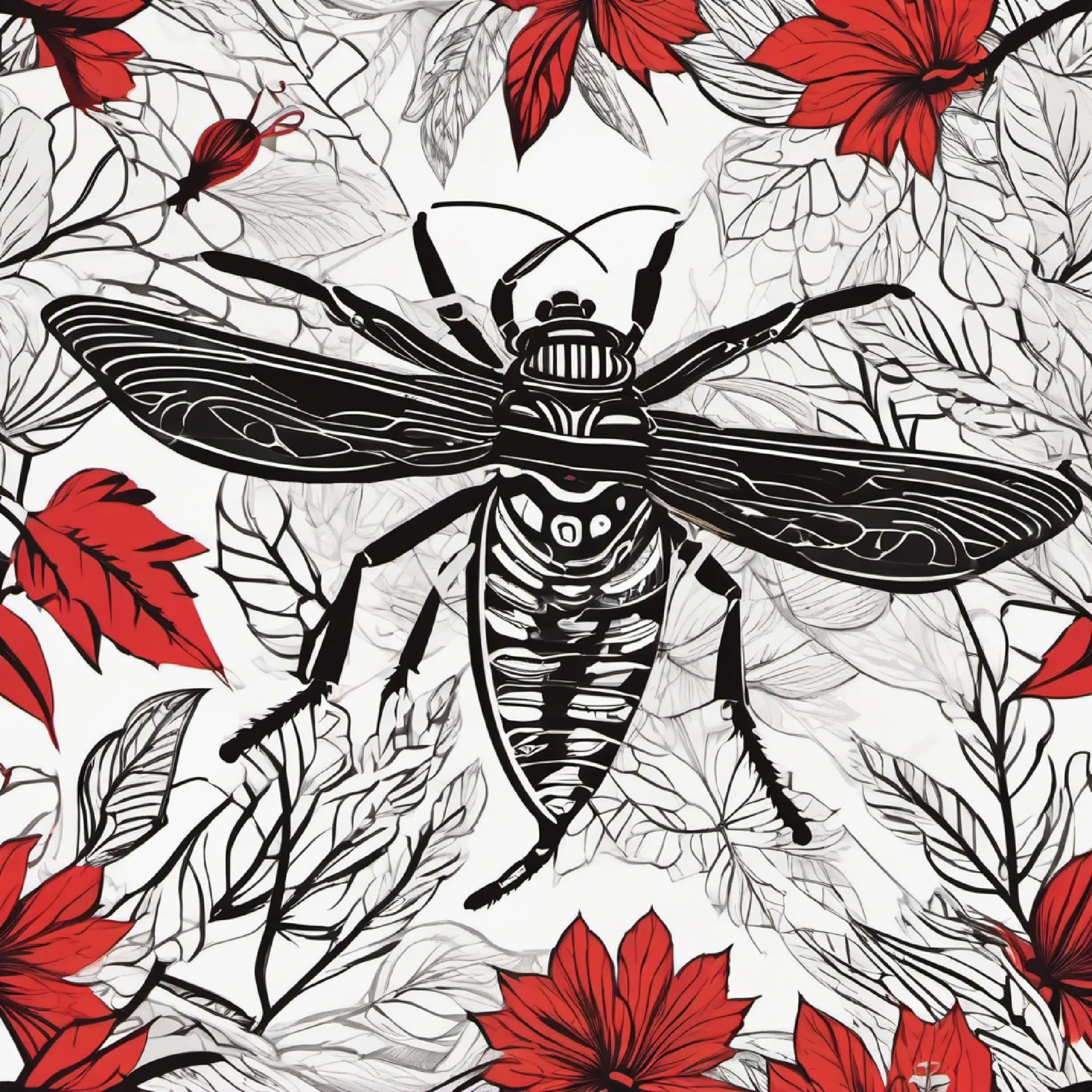
Its guise perfect, it feigned nectar collection, a ploy cloaked in floral fragrance.
Deceptive mimicry allows some predators to get close to their prey unnoticed.
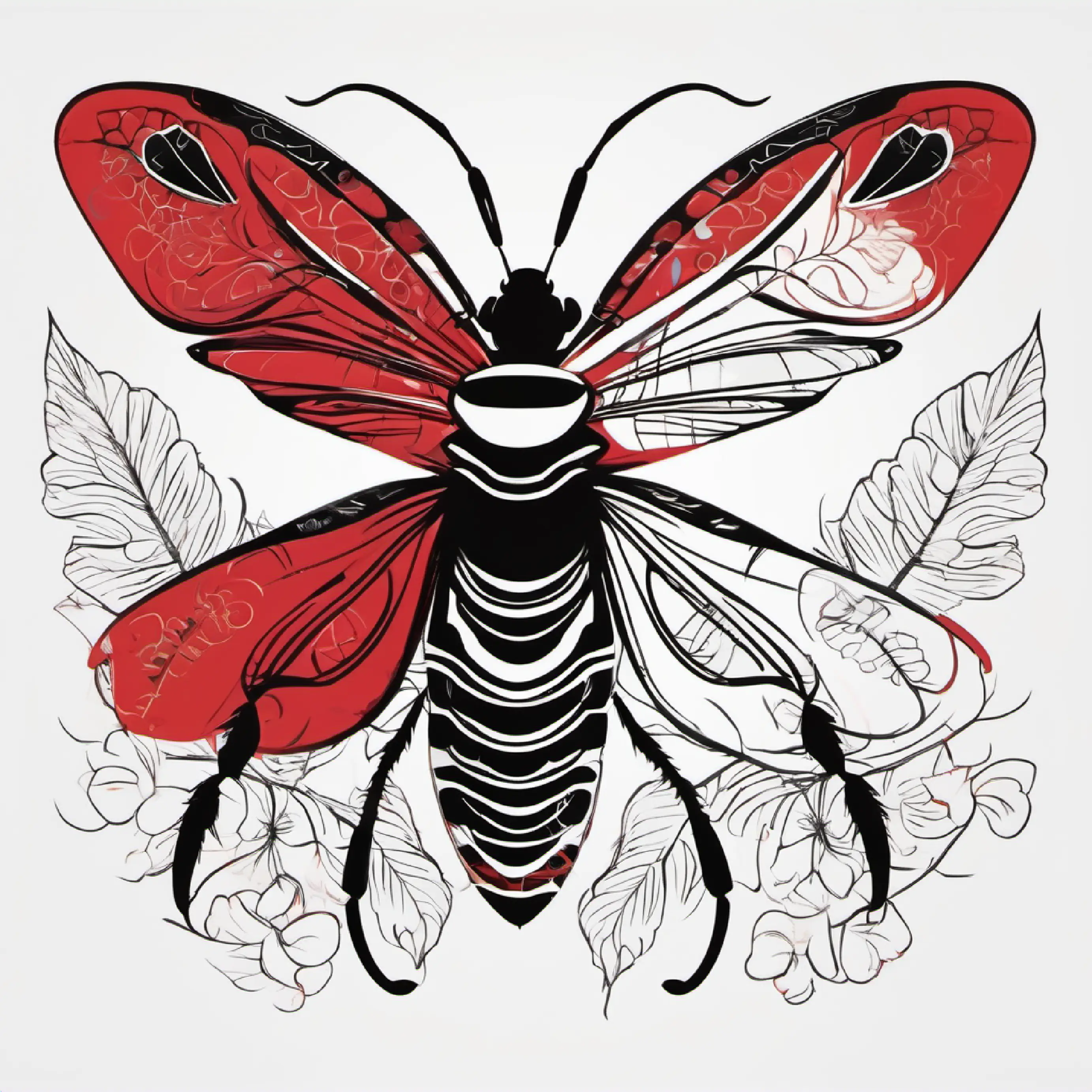
Distracted denizens of the air remained unaware as the predator floated ever nearer.
Predators often rely on the element of surprise to successfully capture their prey.
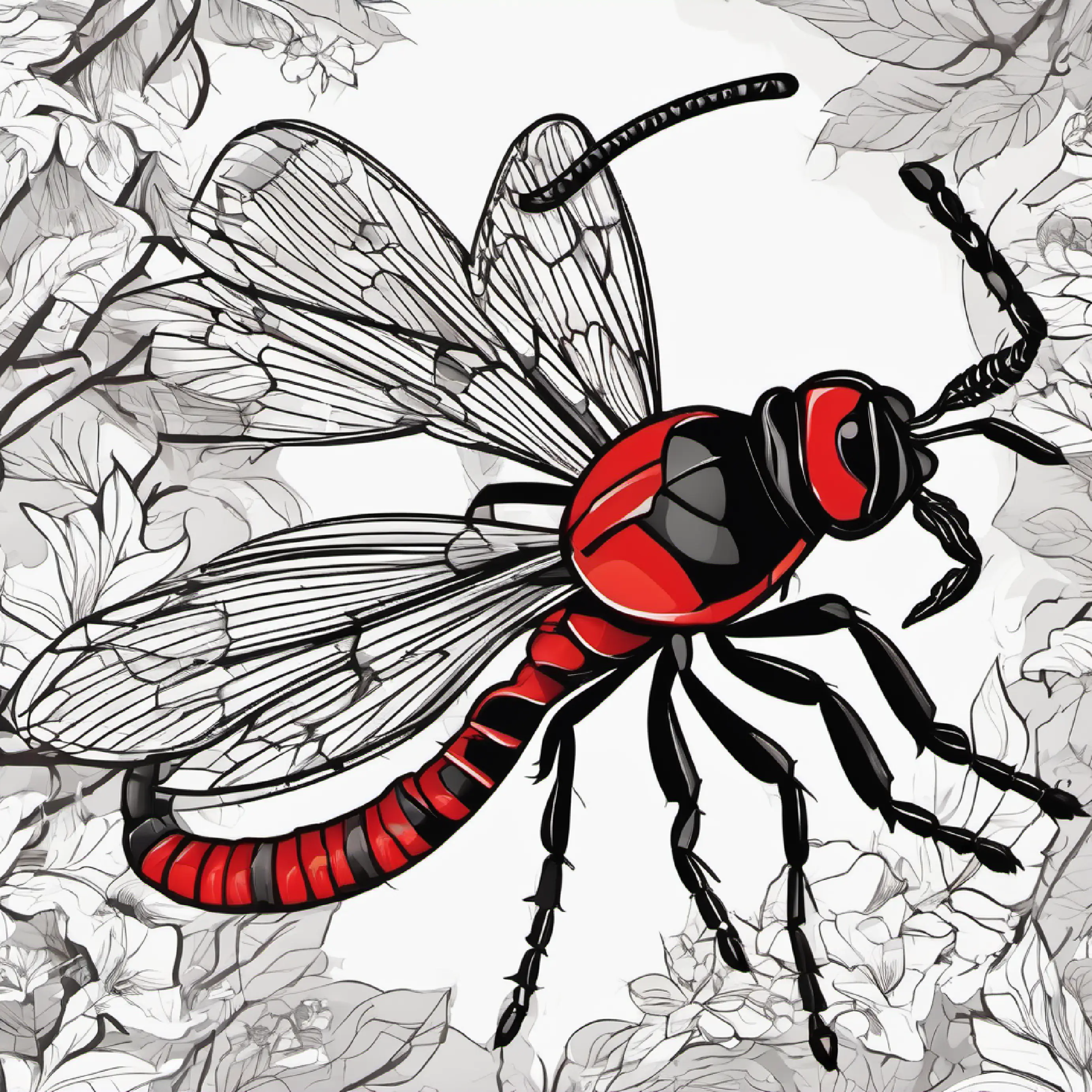
In a flash, the scorpionfly's tail unsheathed, snaring an unwary fly in its grasp.
A scorpionfly's tail is adapted to capture and hold its prey effectively.
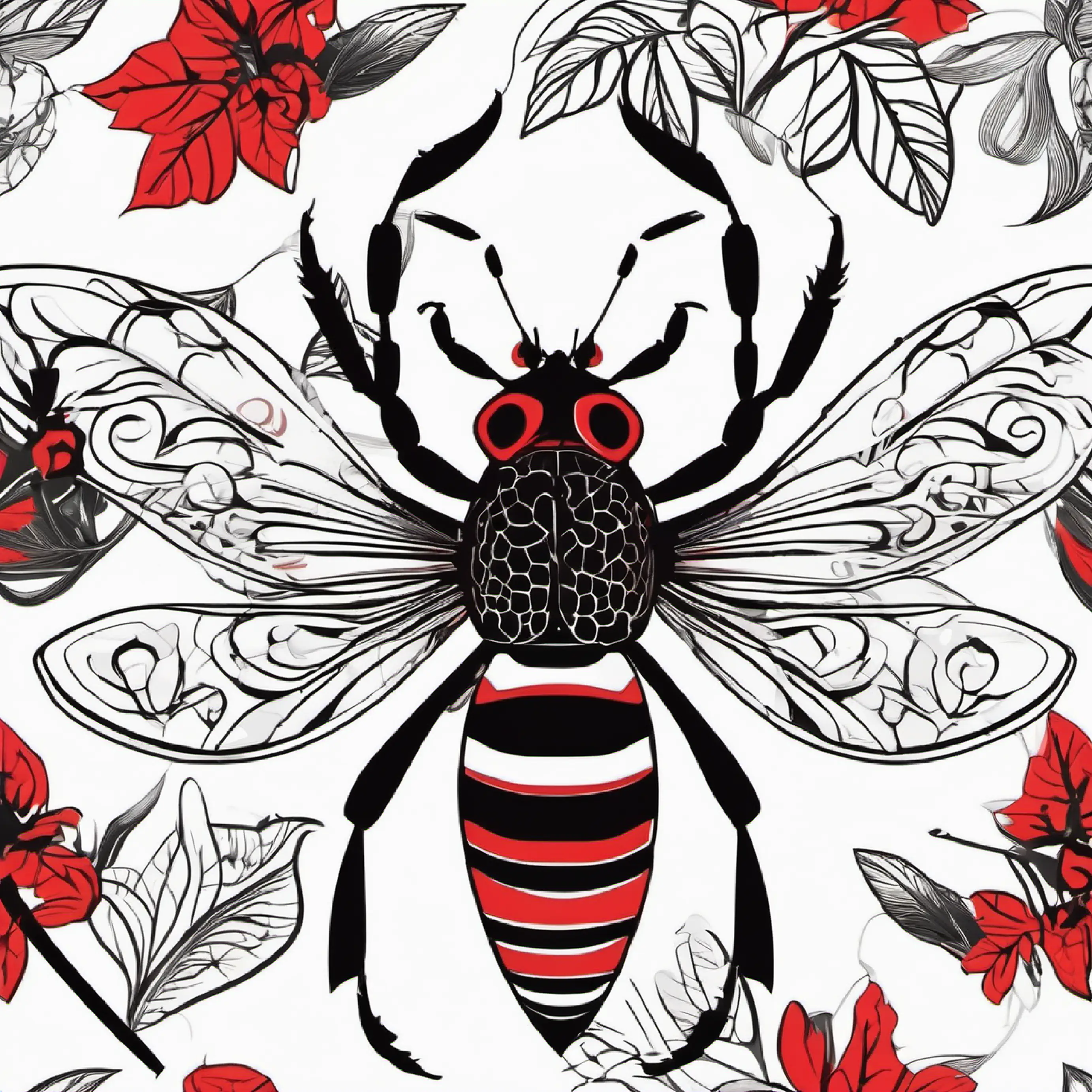
Alarmed, the insects scattered, the deceit unveiled, but the scorpionfly's grasp was certain.
Insect reactions to predation threats are often instantaneous and reflexive.
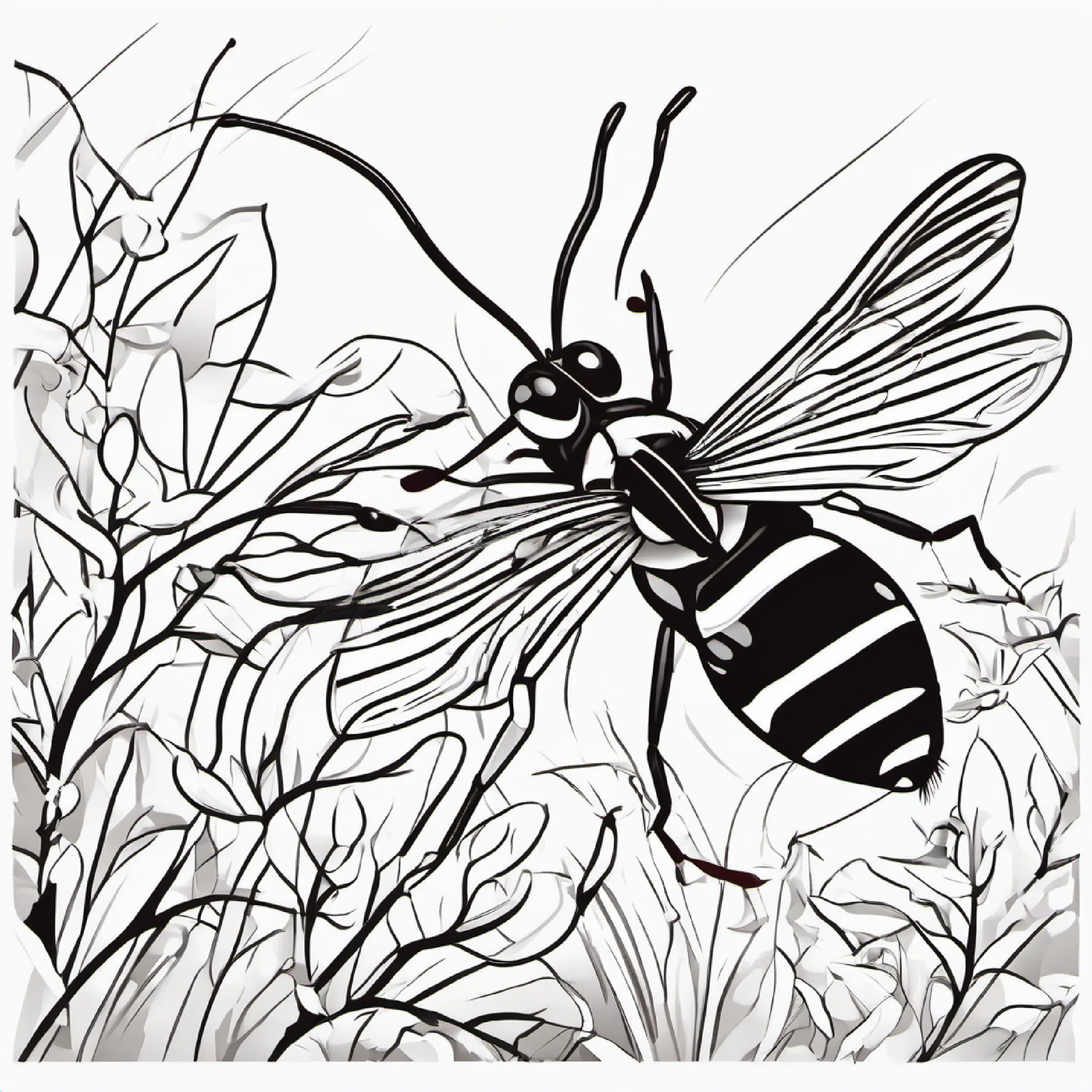
With predatory finesse, the scorpionfly savored its conquest amidst the petals.
Scorpionflies are carnivorous, feeding on dead or weakened insects.
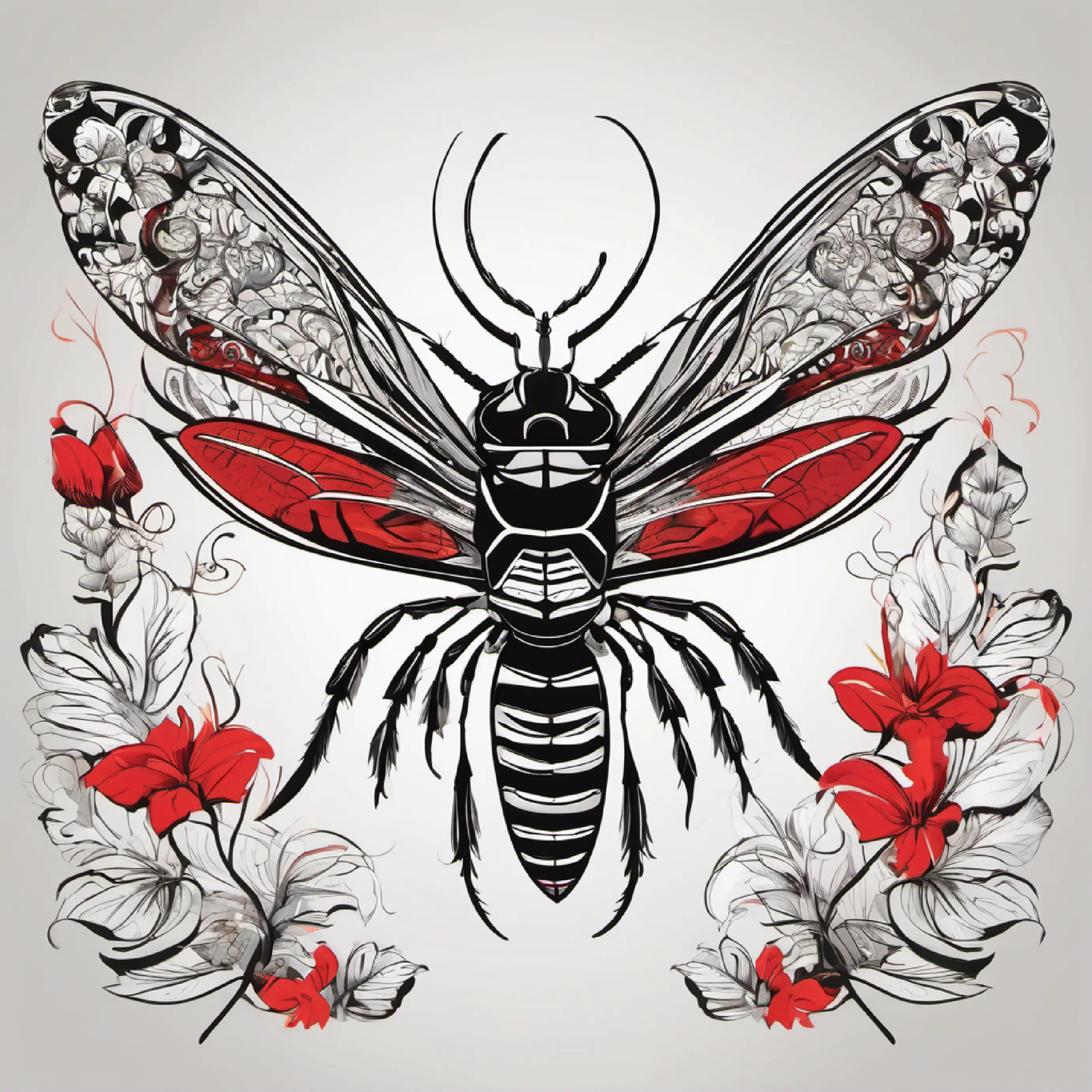
It groomed its wings, the mask of innocence returned, a creature both hunter and phantom.
Many predators clean themselves after eating to eliminate any traces of a hunt.
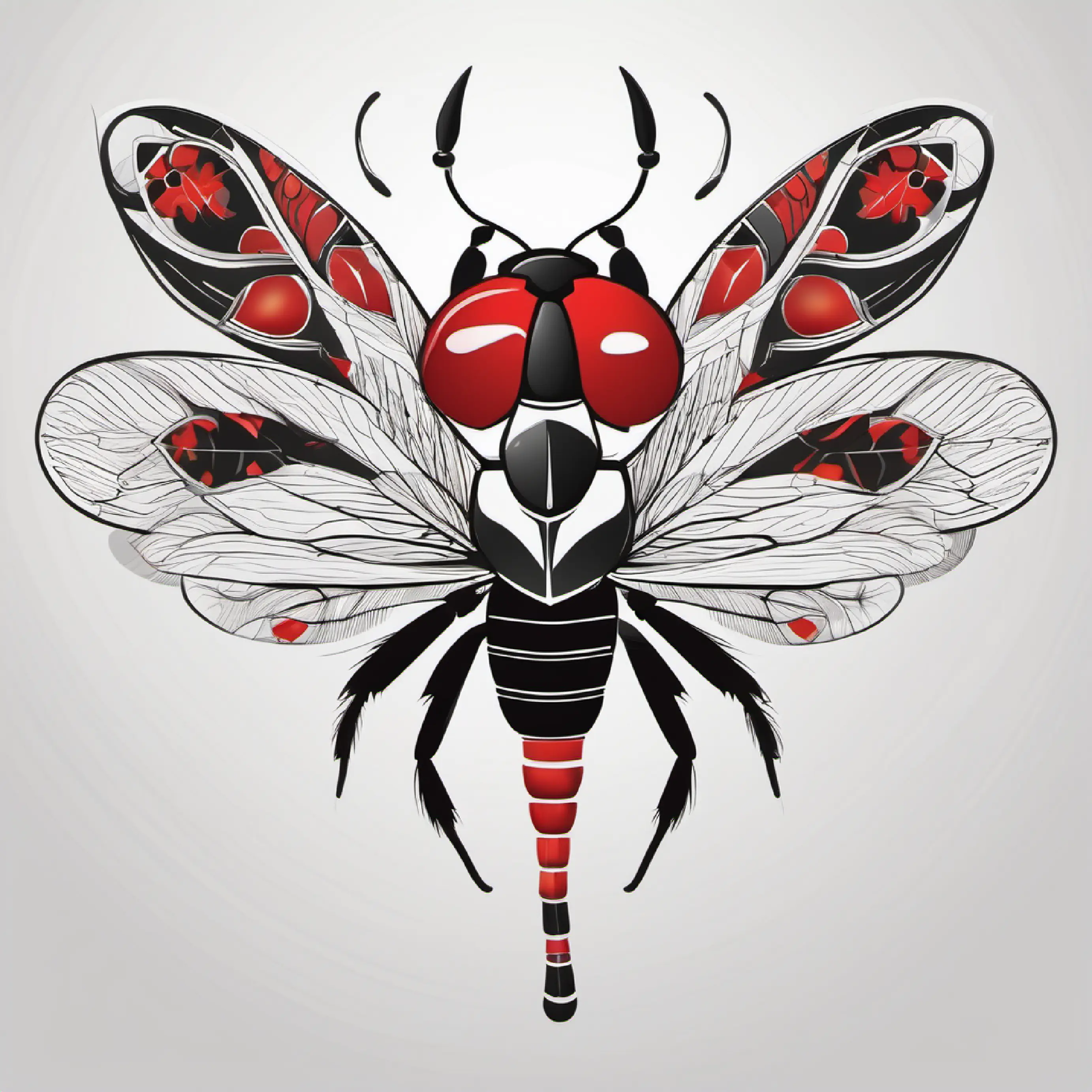
As quietude reclaimed the forest arcade, the scorpionfly faded into legend and leaf.
The lifecycle of the forest continues, with each creature playing its pivotal role.
